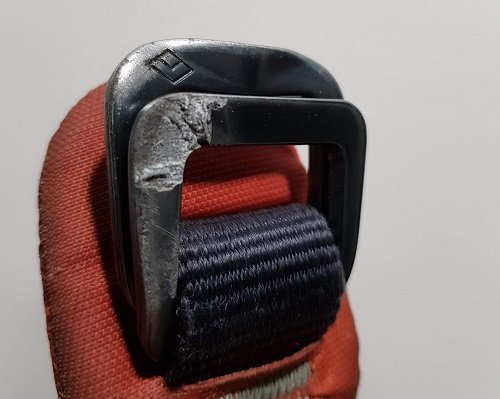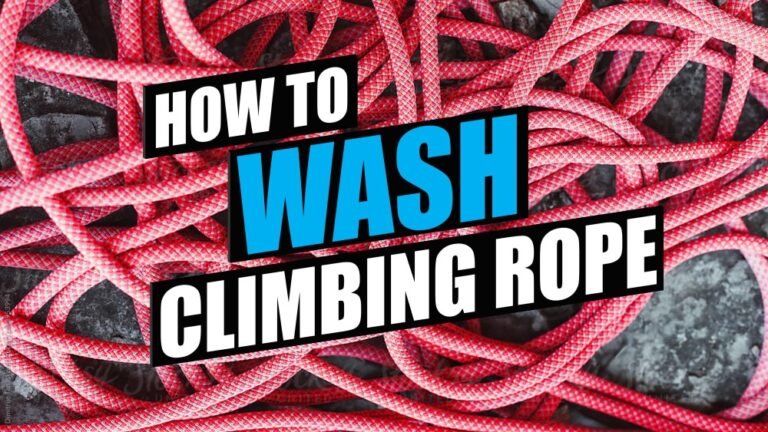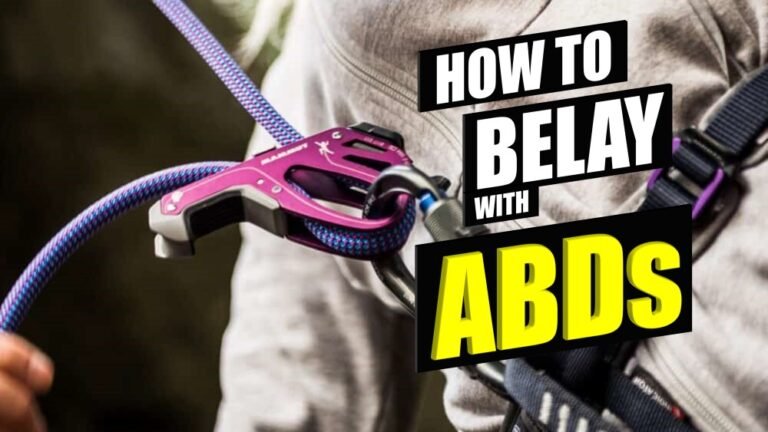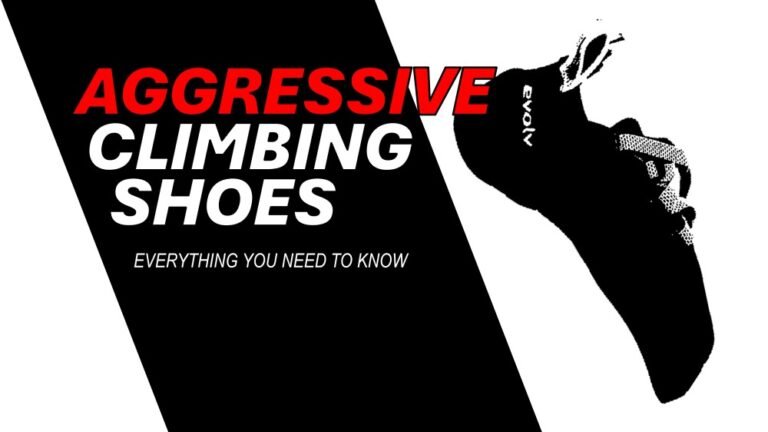How do you know when is the time to replace your rock climbing harness? For most casual climbers the main reason to replace an existing harness is most likely because you see a new model that you think you’ll look sexy in. Although that in itself is a fair excuse. However, as a climber, it is necessary to know what are the indications of wear and tear. So that you’ll know when to retire your harness for safety reasons.
Buckles Corrosion


The only thing on your harness that is made of metal is the waist belt and leg loop buckles. Harness buckles are usually made from steel, aluminium or stainless steel. To protect steel and aluminium buckles from corrosion, buckles go through an electrochemical treatment process.
For high-end expensive harnesses, the buckles will go through an additional spray-painting process or “powder coating”. These buckles are usually black in colour.
It is not uncommon to observe corrosion on buckles that are made out of steel and aluminium even though these buckles had been chemically treated to prevent corrosion.
Abrasion


Most harness webbing is made of nylon or polyester, although both materials are strong they are still susceptible to abrasion damage. Abrasion damages on harnesses can be a result of general wear and tear after prolong usage or due to contact with rough wall surfaces while climbing.
An overall visual inspection of the harness and key areas such as waist belt and leg loops for abrasion damage to ensure there are no cuts or serious frays before using.
UV degradation
Nylon and polyester webbers when exposed to UV light will result in a loss in material strength.
UV tests conducted by exposing the harness to direct sunlight for approximately 2000 hours show that polyester webbing can lose about 10 – 20% of its strength and nylon webbings lose about 20 – 30%.
To check for degradation due to UV exposure, observe for fading of the dye. If the colour of the harness had faded drastically it is likely due to severe UV exposure.
Harness straps stitching damage


Stitching damage is normally due to accidental cuts or shoddy workmanship. To ensure that any stitching damage is not caused by you, always check the harness stitch work before you buy. However, if after purchase treads come loose you should return the harness to the store. If bought online take a picture and email it to the seller and the manufacturer.
If damage stitch happened due to accidents that do not mean you need to retire the harness immediately. Depending on where the stitching is damaged. You should retire your harness if stitch damage is found on the load-bearing loops (eg. belay loops and tie-in loops). Superficial stitch damage that does not impact the strength and integrity of the harness should not be an issue. However, it may be difficult to assess hence if in doubt retire the harness immediately.
How to clean and maintain your climbing harness
How to dispose of your damaged harness
Disposing of your damaged harness is not just simply chucking it in the bin (although you can do that). The responsible way to do that is to cut it up at the waist belt so that it will be unusable.
It is always a good practice to check your gear on a regular basis to determine when it is time to replace your rock climbing harness.


















